2025 Releases
Release 25.12.0
December 9, 2025
Order Imports Now Accept Custom Values per Line Item
Kevel Audience CSV now supports defining custom values for line
items in order imports. Just like the custom values at the order level, there can be multiple custom values defined per
line item by using the lineItem_custom_<key> CSV columns, and just like order-level custom values, these will flow
into the generated OrderPlace or OrderUpdate events.
All Changes
Click here for the complete list of changes
Added
- Support for custom values per line item in order imports using the Kevel Audience CSV format.
Release 25.11.1
The segment builder page now includes the activated parameter name for each destination that a segment is activated to, making it easier to identify and manage segment activations across multiple destinations.
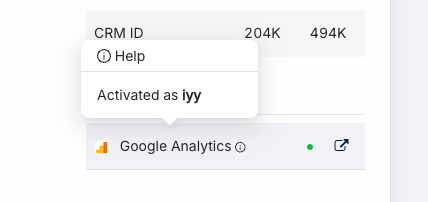
All Changes
Click here for the complete list of changes
Added
- Display activated parameter names for each destination in the segment builder page.
Release 25.11.0
Support for E-goi, both in destinations and user offline imports, has been dropped.
All Changes
Click here for the complete list of changes
Removed
- Removed support for E-goi destinations and user offline imports.
Release 25.10.1
Event Forwarding
We’ve introduced a new generic destination: Event Webhook. This destination allows users to forward filtered and transformed events collected by Kevel Audience to any webhook endpoint, enabling seamless integration with third-party services and custom applications.
With this release, Kevel Audience evolves from being just a user and segment management platform into a true event hub, giving customers a single place to collect, filter, transform, and distribute events anywhere they need to go.
Refer to the docs to start exploring how Event Webhook can simplify your integrations and expand what’s possible with Kevel Audience.
All Changes
Click here for the complete list of changes
Added
- Introduced a new generic destination,
Event Webhook, to forward events to any webhook endpoint.
Release 25.10.0
Transition to E.164 Phone Format
We have introduced new E.164 format-specific phone ID types to align with industry standards: phone_e164_sha256, phone_e164, phone_e164_sha256_unreliable and phone_e164_unreliable. E.164 is the international standard for phone number formatting, ensuring better compatibility and consistency across different platforms and also anticipating potential destination API changes.
All existing phone types (phone_sha256, phone, phone_sha256_unreliable, and phone_unreliable) have been deprecated in favor of the new E.164 format types. Clients currently using the deprecated types will be able to continue doing so without any implications, but migration to the new types is recommended for optimal compatibility with destinations.
Migration can be performed via user import by matching the old ID types to the new ones. For guidance, please contact support.
All Changes
Click here for the complete list of changes
Added
- Introduce new E.164 format-specific phone ID types: phone_e164_sha256, phone_e164, phone_e164_sha256_unreliable and phone_e164_unreliable.
- Support activation of
phone_e164_sha256ID type to Google Ads Customer Match Lists, Facebook Conversions API and Facebook Custom Audiences destinations. - Support activation of
phone_e164ID type to Klaviyo destinations.
Changed
Deprecated
- All existing phone types,
phone_sha256,phone,phone_sha256_unreliableandphone_sha256_unreliablehave been deprecated in favour of the new E.164 format types. Clients currently using them will be able to continue to do so.
Removed
- Dropped support of activations of
phoneID type to Klaviyo destinations.
Fixed
Security
Release 25.9.2
In this release we focused on improving product-related events by introducing navigational categories, enhancing the dashboard's collaborative editing capabilities to handle concurrent edits more gracefully and improving the reliability of folder imports.
Introducing Navigational Categories to Product-Related Events
In addition to the existing categories and categoriesList, we now support 2 additional fields: secondaryCategory and secondaryCategoriesList.
These additions let you distinguish between a product's canonical category (taxonomy) and the user-facing navigational category captured at browse / interaction time, improving segmentation accuracy and downstream activation.
Resilience to Concurrent Edits across Users and Sessions
This release enhances collaborative editing in the dashboard for entities such as cookiesync providers, match providers, destination triggers, and destinations. If a user attempts to save changes to an entity that has been modified since they loaded it, they’ll receive a notification and be prompted to reload the latest version before continuing.
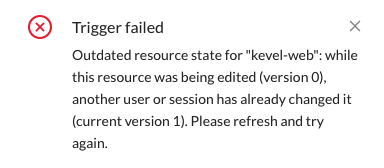
All Changes
Click here for the complete list of changes
Added
- Introduced
secondaryCategoryandsecondaryCategoriesListfor capturing navigational (user-facing) product categories alongside canonical categories.
Changed
- Folder imports are now restricted to files no older than 30 days and up to a maximum of 5,000 imported files per run.
- Support for concurrent editing of cookiesync providers, destinations, destination triggers and match providers.
Deprecated
Removed
Fixed
Security
Release 25.9.0
In this release, the Android and iOS mobile SDKs were deprecated and bugs and improvements on the dashboard UI were addressed.
Mobile SDKs Deprecation
The Android and iOS SDKs have been deprecated. Usage of these SDKs was low, and they are no longer being updated. For mobile integrations, we recommend using our Android and iOS guides to connect directly with Kevel Audience APIs.
All Changes
Click here for the complete list of changes
Release 25.8.1
August 18, 2025
This release fixes an issue where sensitive IDs were not being redacted in order imports' samples.
All Changes
Click here for the complete list of changes
Fixed
- Sensitive IDs not being redacted in order imports' samples.
Release 25.8.0
August 4, 2025
This release introduces a new way to activate and sync segments with Kevel Ad Server, along with enhanced attribution support through network-specific order events.
Kevel Native Segments
Users can now use the new Kevel Native Segments destination to seamlessly synchronize Kevel Audience's segments with Kevel Ad Server.
Segments may be activated while configuring the destination:
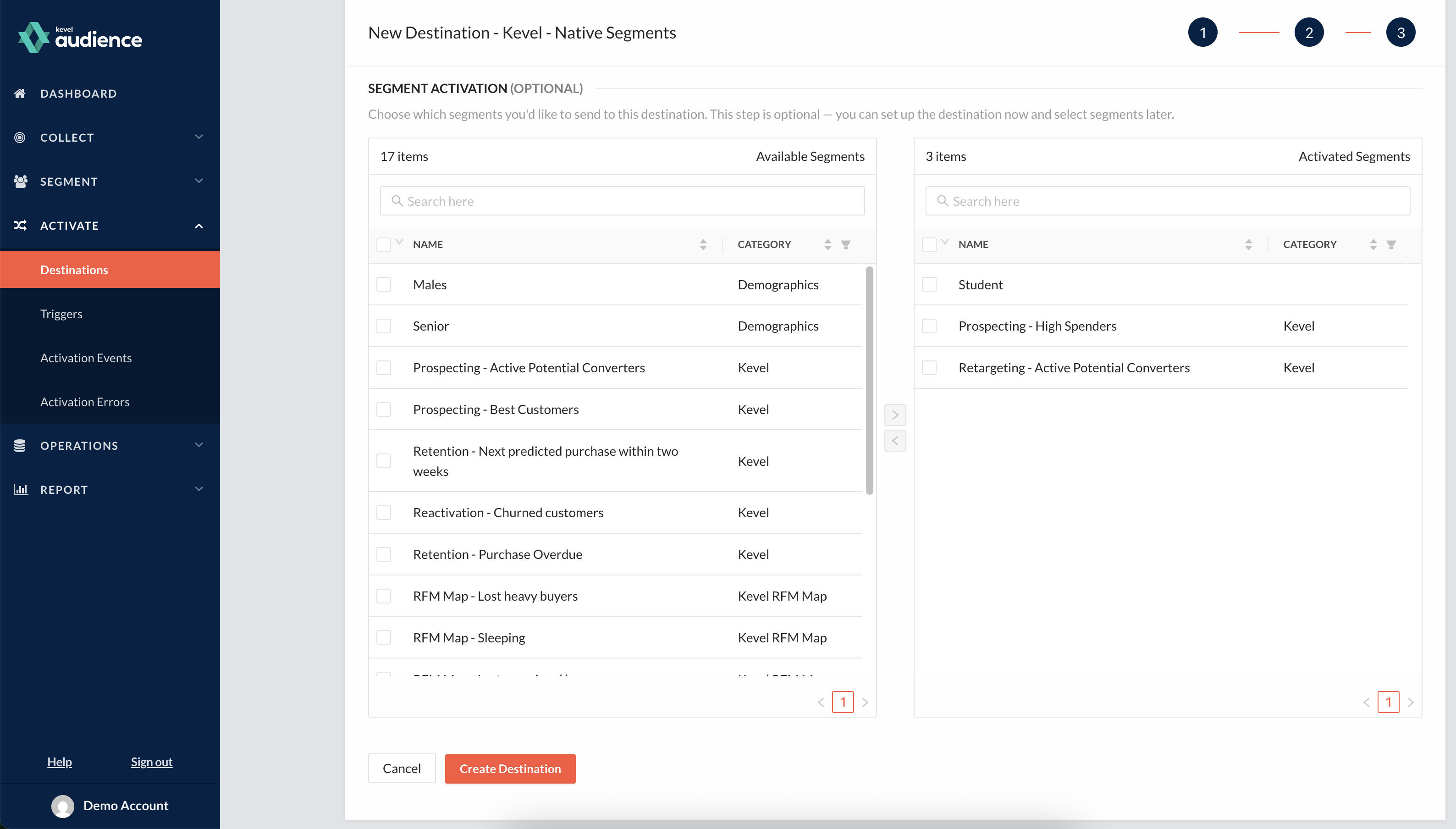
Or when editing a segment:
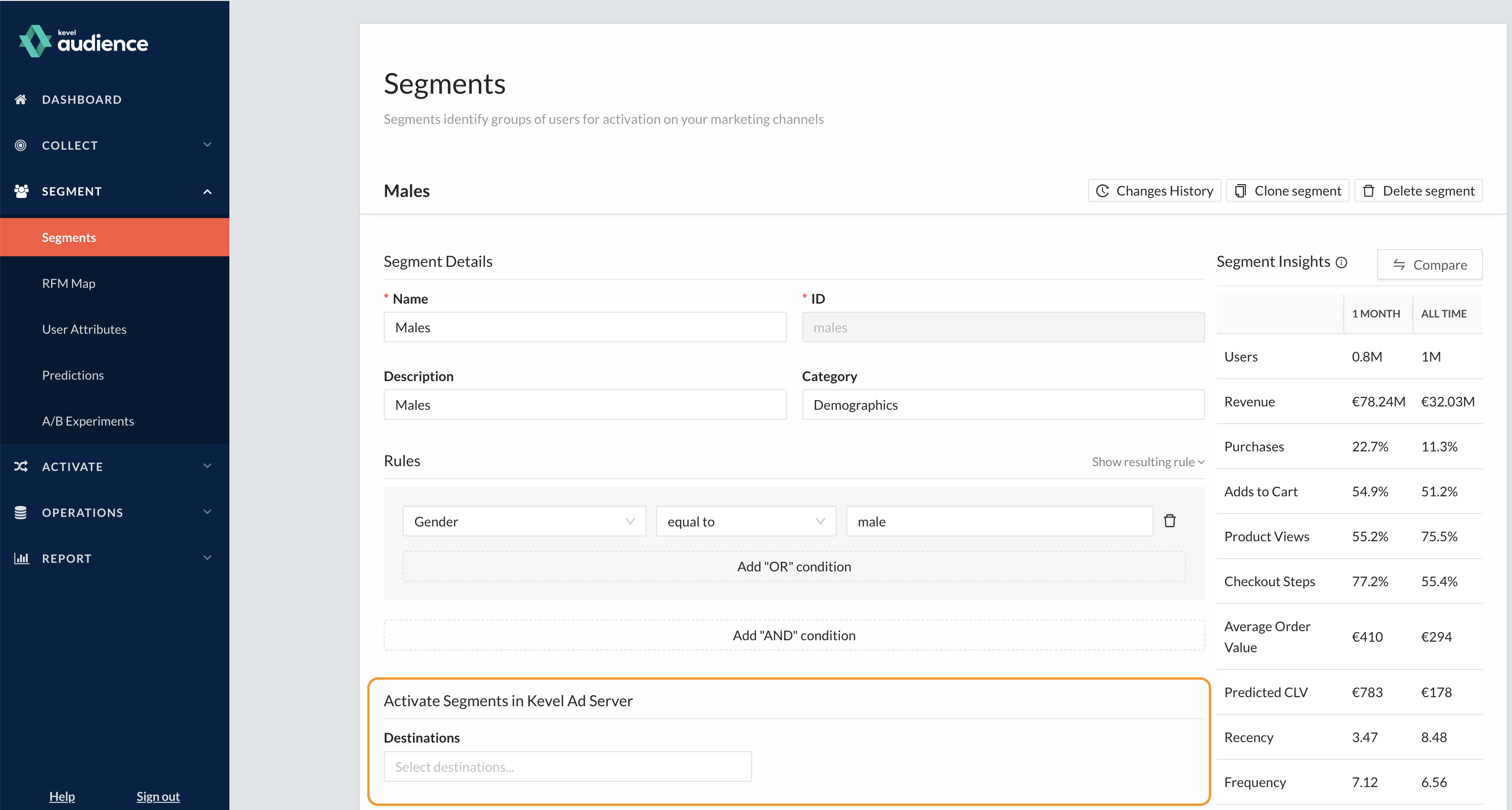
Audience will periodically synchronize the activated segments with Kevel Ad Server, providing each segment's name, description, category, total reach, and 28-day reach.
This feature is currently available to all customers except those whitelisted for Kevel Forecast’s Static Segments. Support for customers using Forecast Static Segments will be added soon.
For more details, please refer to the documentation on Native Destinations.
Network ID Support in Order Place Events
We now support the networkId field in Order Place events, allowing users to specify which Kevel Network the
transaction should be considered for attribution. This also enhances segmentation by enabling the creation of user
attributes based on those events.
This field is supported both in tracking events and in offline imports.
All Changes
Click here for the complete list of changes
Added
- Support for
networkIdin Order Place events, allowing users to specify which Kevel network order data should be sent to. - Introduced Kevel Native Segments destination for synchronizing Kevel Audience's segments with Kevel Ad Server.
Removed
- The Adestra destination option has been removed and is no longer available in the dashboard.
Release 25.7.1
July 21, 2025
This release introduces a simplified setup for the Kevel UserDB Destination, which no longer requires users to provide an API key and instead offers a selection of whitelisted networkIds. Additionally, the Activated Parameters widget has been improved with larger input fields and automatic ellipsis display for overflowing text, enhancing usability and making it easier to identify truncated or incomplete entries.
Kevel UserDB Destination No Longer Requires the User to Provide an API Key
The Kevel UserDB Destination no longer requires the user to provide an API key. Instead, the user is given a list of whitelisted networkIds to select from.
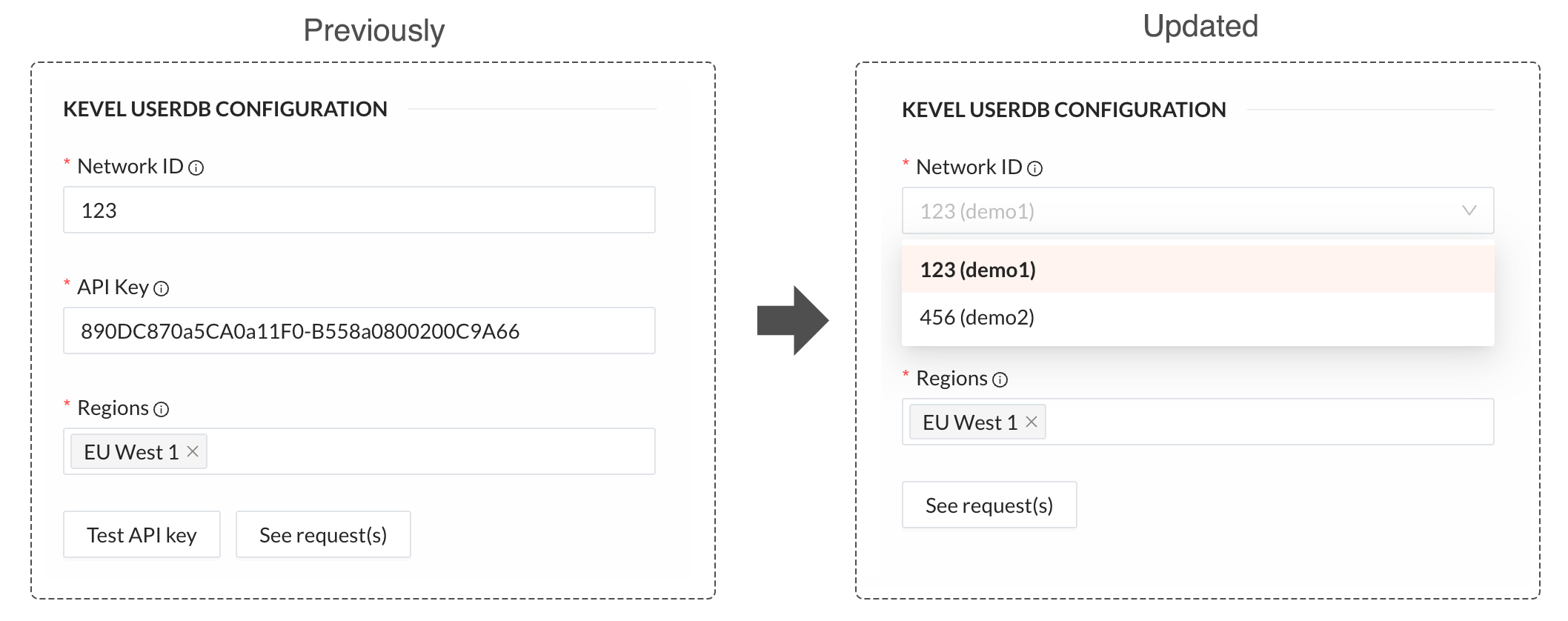
Improved Activated Parameters User Experience
The input fields in the Activated Parameters widget have been enhanced for better usability. They are now larger and automatically display an ellipsis (...) when the input text exceeds the visible area. This visual cue helps users quickly identify truncated values, making it easier to spot input errors or incomplete entries at a glance.
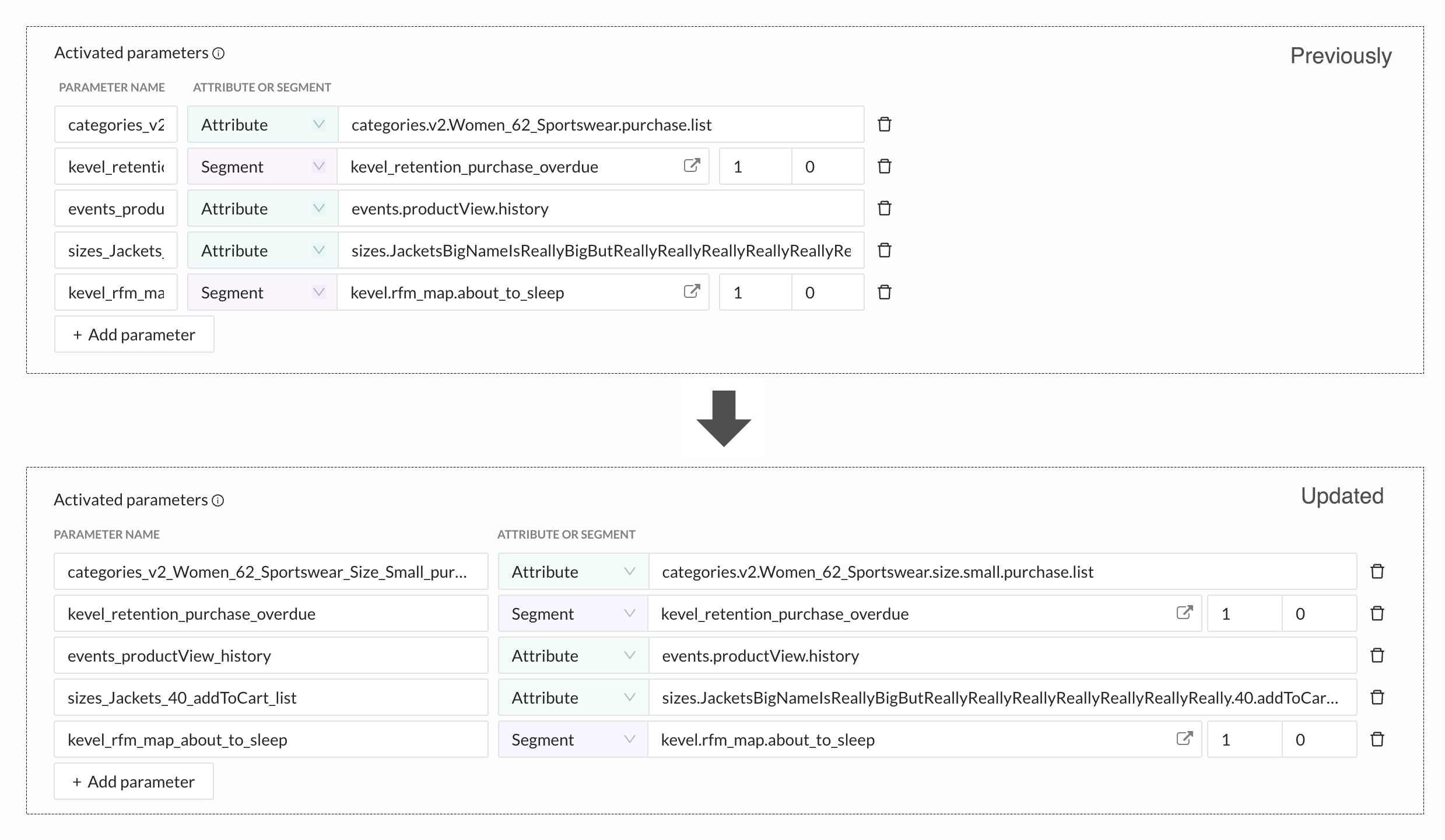
All Changes
Click here for the complete list of changes
Changed
- Kevel UserDB Destination no longer requires the user to provide an API key.
- Improved Activated Parameters User Experience.
- Forecast toggle removed from the UserDB destination. Now visible only to customers whitelisted for the Static Segments feature.
Release 25.6.1
June 23, 2025
This release focused on performance improvements and UX improvements.
Allow Selecting Table's Page Size in Dashboard
Users can now select how many rows to show per table in all Dashboard tables.

All Changes
Click here for the complete list of changes
Changed
- Allow selecting page size in dashboard tables.
Release 25.6.0
June 16, 2025
This release introduces the option to upload files to be used in offline data imports directly from the browser.
Allow Uploading Files in Offline Imports
Users can now upload files straight from the browser in the offline import creation forms.
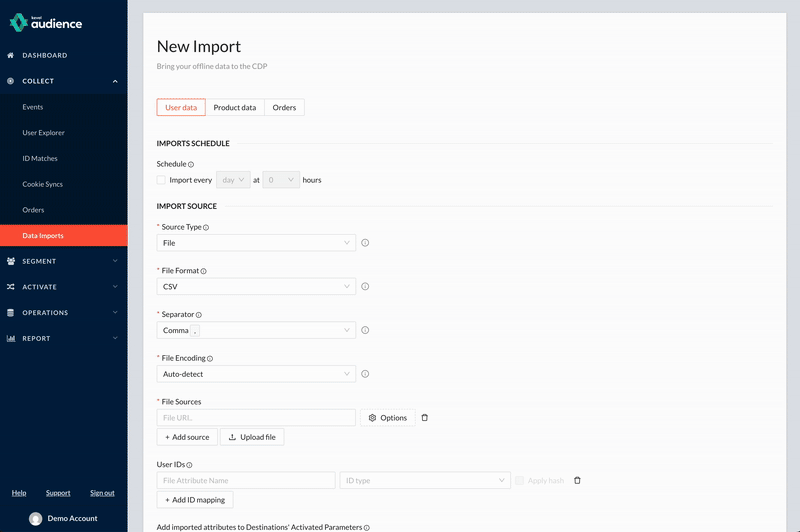
All Changes
Click here for the complete list of changes
Release 25.5.0
May 27, 2025
This release added support for using Imported Attributes as Activated Parameters in Destinations, streamlining the import and activation of user data.
Add Imported Attributes to Destinations' Activated Parameters
User Data imports can now specify a list of Destinations to which any attribute name found in the import should be added as an Attribute Activated Parameter. See the documentation for more details.
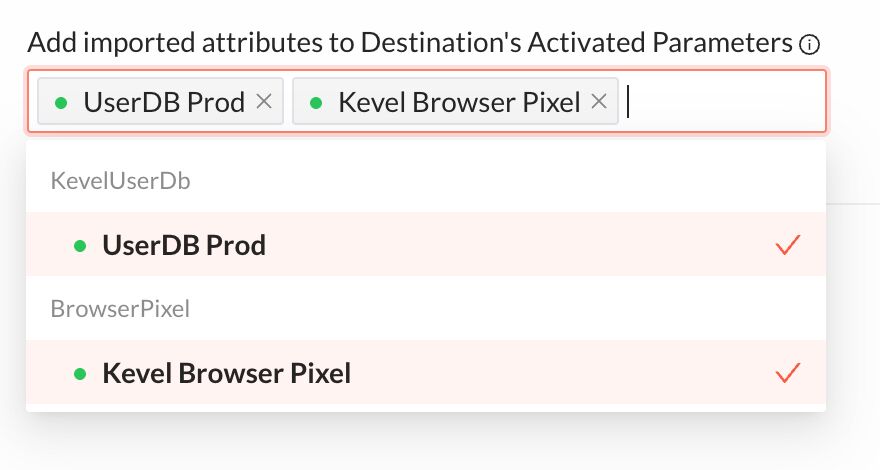
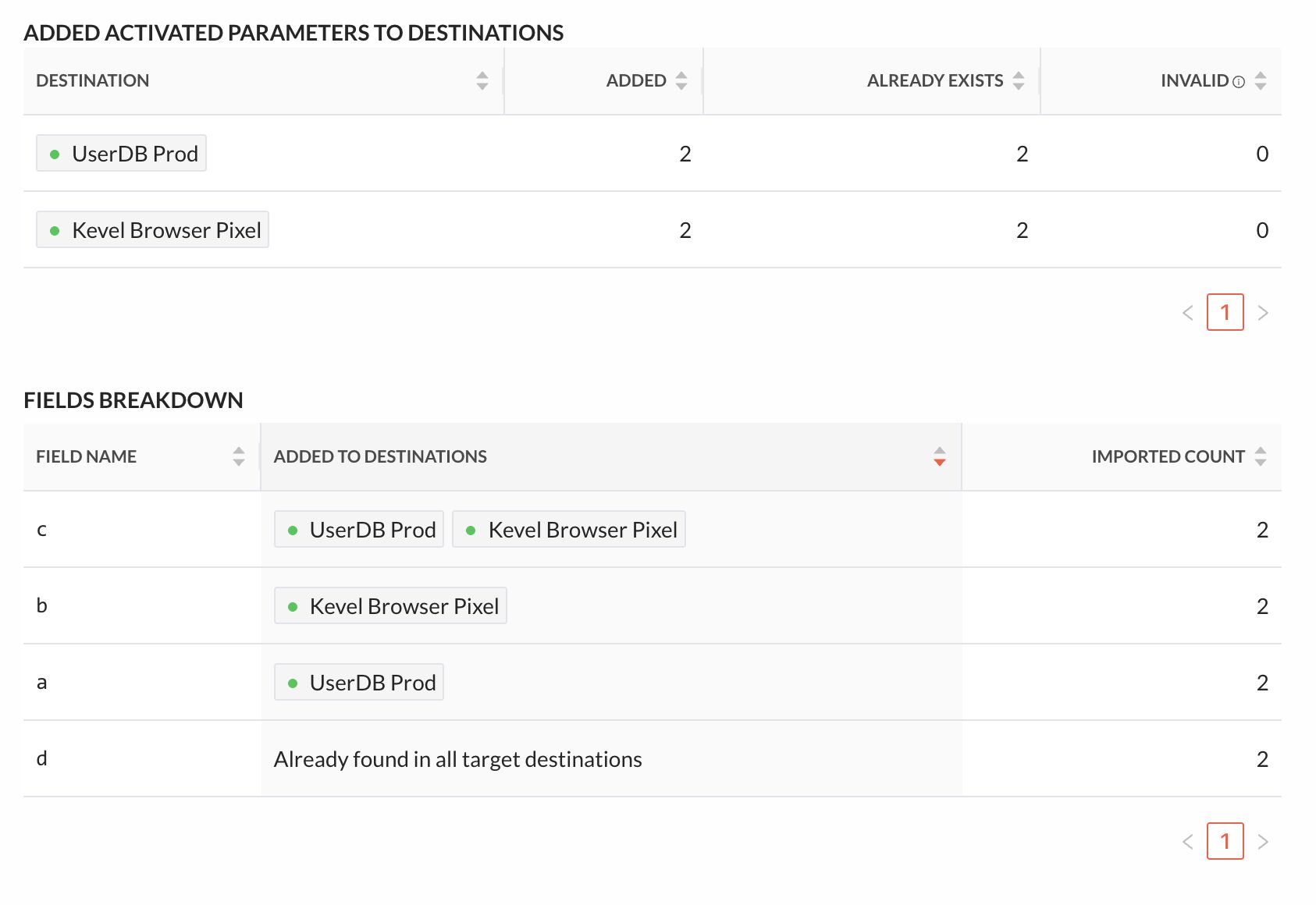
All Changes
Click here for the complete list of changes
Added
- User imports can add imported attributes to Destinations' Activated Parameters
Release 25.3.2
March 31, 2025
This release focused on performance improvements and bug fixes.
All Changes
Click here for the complete list of changes
Changed
- Made activated static parameters' Forecast syncing help tooltip more clear.
Release 25.3.1
March 17, 2025
This release introduced UserDB Activated Static Parameters' Forecast Syncing (BETA), ensuring that activation parameters for UserDB destinations are instantly accessible for forecasting.
UserDB Activated Static Parameters' Forecast Syncing (BETA)
UserDB destination's activation parameters can now be synced with Forecast upon activation, making them immediately available for predictions.
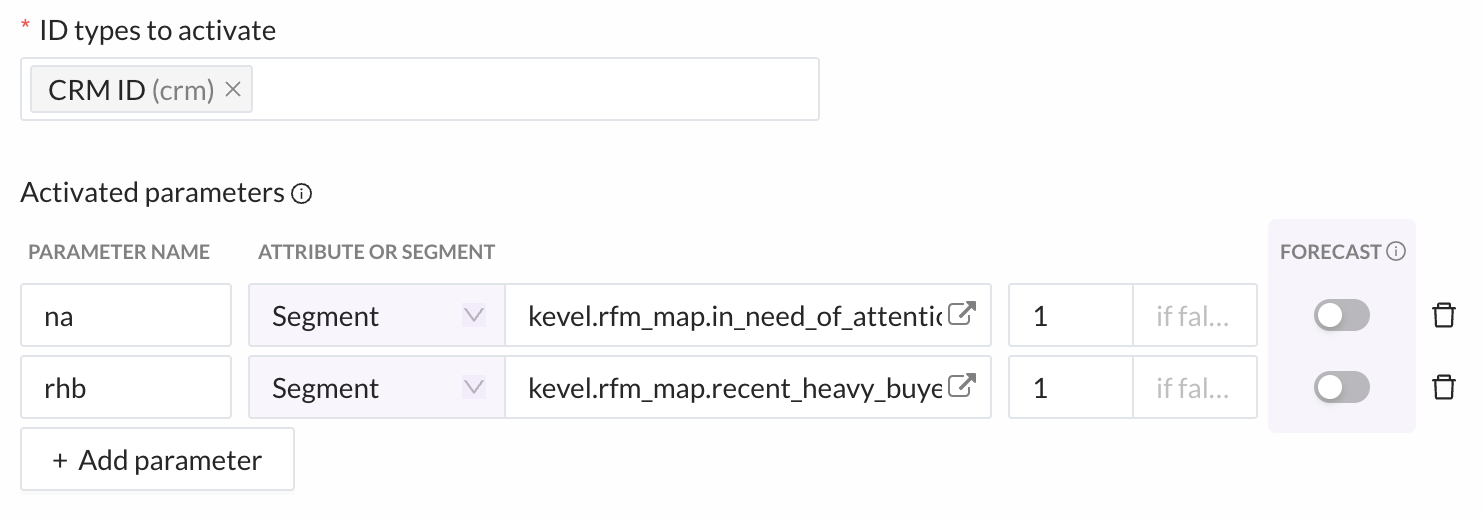
Beware, only static attributes or segments, whose values should not change over time, should be toggled here. Sending dynamic properties to Forecast will hinder their prediction performance. You can see some examples of what should constitute a dynamic property in the destination's documentation.
All Changes
Click here for the complete list of changes
Added
- UserDB activated static parameters' Forecast syncing (BETA).
- QuickSight User Dataset now contains
events.campaigns.impression.first.timestamp, a list of the first impression timestamp for each campaign of the user (up to the 75 most recent campaigns the user has impressions in ads served with the Kevel Ad Server).
Release 25.3.0
March 3, 2025
This release focused on performance and UX improvements.
All Changes
Click here for the complete list of changes
Added
- Added support for products imports from JSON files.
Changed
- Activation outputs using defined activated parameters are now constructed using the user-defined order instead of alphabetical order.
Release 25.2.0
February 18, 2025
This release introduces support for advanced user attribute definition via intra-event aggregation.
Intra-Event Aggregation
Users can now leverage intra-event aggregation to define new user attributes using custom JSONPath expressions, as highlighted below. These attributes can then be used to create segments or serve as key data points for deeper insights, such as Spend by Category.

For more details and instructions on common use cases, please refer to the documentation on value extractors.
All Changes
Click here for the complete list of changes
Added
- Support new user attributes based on intra-event aggregation